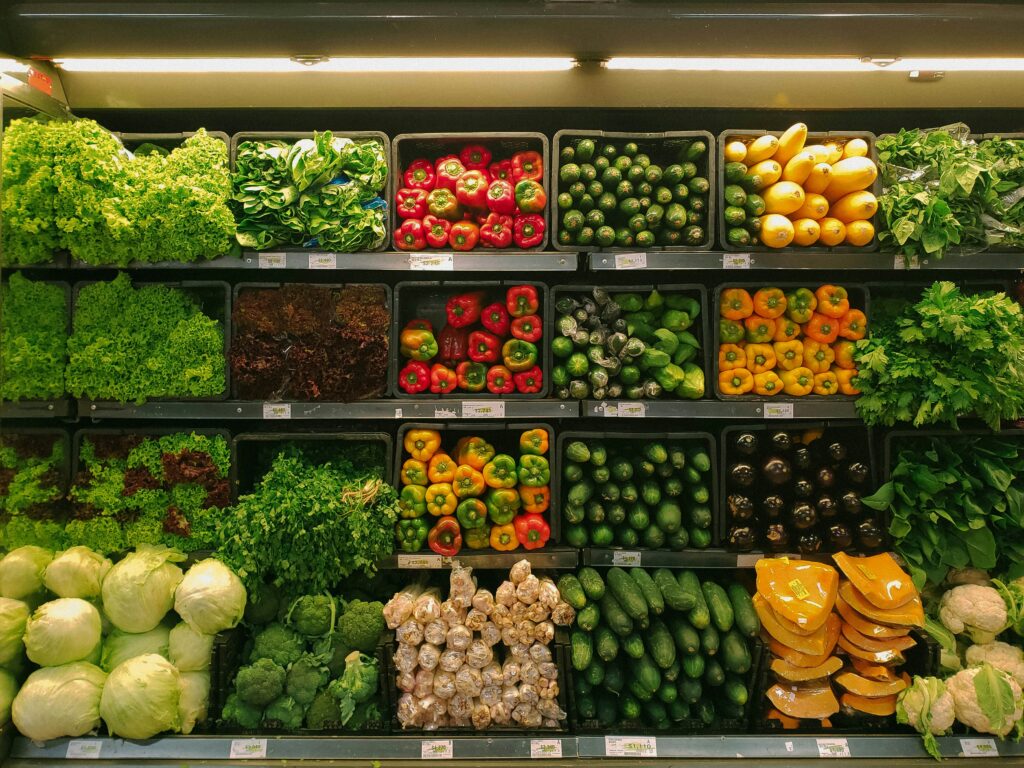Food Price Increases: 7 Shocking Ways They’re Ruining Your Budget
Table of Contents
ToggleFood Price Increases: The Impact on Your Wallet and the Marketplace
Food price increases are hitting consumers and businesses hard in 2024. From bread to bananas, find out why your favorite ingredients are becoming more expensive and how it affects both your budget and the food industry.

© Provided by Startups
Food Price Increases: Why Your Grocery Bill is Going Up
Food price increases are becoming a pressing concern for shoppers and businesses alike in the UK. While the worst of the inflation may seem to be behind us, certain key ingredients are facing significant price hikes, making it challenging for consumers to balance their budgets and for businesses to maintain profitability.

© Provided by Startups
Bread: A Staple Under Threat
The humble loaf of bread is facing challenges due to record-breaking rain in the UK, which has reduced wheat production. This has led to a greater reliance on imports for wheat, driving up costs for bread production. Additionally, the conflict in Ukraine has disrupted global wheat markets, further contributing to price surges. As a result, consumers may soon see higher prices for their daily bread.
Tea: Brewing Trouble in Every Cup
Tea, a beloved British beverage, is also feeling the heat of rising costs. Supply chain disruptions, fueled by climate change impacts on tea-growing regions, are leading to delays and increased costs for tea products. From budget tea bags to premium loose-leaf varieties, no tea option seems immune to the price hikes. Consumers may need to brace themselves for a bitter price increase during their tea breaks.
Chocolate: A Bittersweet Situation
For chocolate lovers, the news is not so sweet. Cocoa prices have reached all-time highs due to climate-related challenges and disease outbreaks in major cocoa-growing regions. While there’s relief in the UK over the absence of a sugar tax, consumers may still face higher prices for their favorite chocolate bars. The ongoing challenges in cocoa production could continue to make chocolate a more expensive indulgence.

© Provided by Startups
Cheese: Post-Brexit Blues
Post-Brexit border fees are adding to the woes of British cheese lovers. Import fees and supply chain disruptions are driving up prices and reducing the variety of cheeses available in supermarkets. Popular cheese varieties may become scarcer and more expensive, raising concerns among consumers and businesses alike. The future of beloved cheeses like Camembert is also under threat due to separate issues affecting production.

© Provided by Startups
Bananas: Going Bananas Over Rising Costs
Even the humble banana is not immune to the impact of rising costs. Climate change and disease threats are affecting banana production, leading to higher prices for consumers. At industry forums like the World Banana Forum, stakeholders are discussing sustainability challenges and the need for greener production methods. However, these efforts may come at an additional cost, which could be passed down to consumers.
Lamb: Feeling the Heat at the Butcher’s
Meat lovers may find themselves paying more for lamb as prices soar in 2024. Rising costs across the meat and poultry industry, including feed, energy, and supply chain disruptions, are driving up prices. The timing of religious holidays that traditionally feature lamb consumption is further exacerbating the situation. Consumers may need to consider cutting back on their meat consumption to mitigate the impact on their wallets.

© Provided by Startups
Cod and Haddock: Fishing for Solutions
Seafood lovers are facing pricier catches as overfishing and stricter regulations on fishing quotas drive up prices for popular species like cod and haddock. Rising fuel costs add to the pressure, as fishing operations rely heavily on fuel for various processes. Consumers may need to explore alternative seafood options to keep their food budgets in check.
The Impact on Your Wallet and the Marketplace
The combined effect of these price increases is significant for both consumers and businesses. Consumers may find themselves facing budget constraints and changes in purchasing behavior as they seek out more affordable options. Meanwhile, businesses are grappling with maintaining profitability amidst rising costs. Menu changes, efficiency measures, and careful management of expenses are becoming essential for businesses to stay afloat.
Conclusion: Navigating Choppy Waters
In conclusion, food price increases are presenting challenges for both consumers and businesses in the UK. From bread to bananas, the impact of rising costs is being felt across the food industry. As consumers, being mindful of these price hikes and exploring budget-friendly alternatives can help mitigate the impact on our wallets. For businesses, adapting to changing market conditions and finding ways to maintain profitability amidst rising costs will be crucial for survival in these challenging times.
ALSO READ:
“Bank of England’s 5 Powerful Fixes for Economic Forecasting Success”



